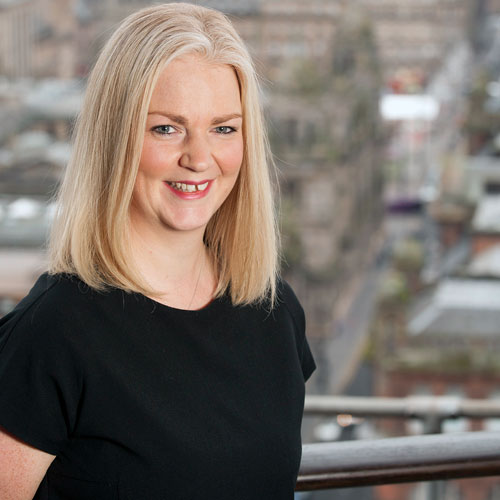Susan Ali
A long, long time ago, the University of Strathclyde took steps to make improvements to some working practices and processes. I say a long , long time ago, but it was really only eleven years ago, when our team, Continuous Improvement (CI) was set up, headed by our Director, John Hogg. It would be fair to say we have been focused on measuring the benefits of our improvement projects since the team was created. Over the years we have continually improved what we do (we couldn’t be called CI if we didn’t) to measure the benefits of change.
We created A Guide to Evidencing the Benefits of Business Process Improvement in Higher Education back in 2015. This was created to provide higher education institutions with help put a focus on benefits and to establish a way to do this. It provides a range of activities to help show the benefits of business process improvement. A couple of years later, a second publication, A Guide to Evidencing the Benefits of Change in Higher Education was written. This second guide forms the basis of how we had evolved to work in 2017 and provided more detailed case studies and support on demonstrating efficiencies and value for money reporting.
Over the years we have changed and improved the way we identify and realise benefits, but the biggest change has happened more recently. The Programme Management Office (PMO) at Strathclyde, established in 2016, became part of the CI Directorate in 2022. The PMO, among other things, are responsible for developing Business Cases being put forward.
Why am I telling you all this? Well, we have been working together to create a University-wide Benefits Framework. The purpose of this being to enhance the benefits that these projects state in their business cases, and develop a benefits driven culture.
Graham Christie
One of the main challenges we set out to tackle was this: our big digital projects often got the green light based on promises of delivering all kinds of benefits to the University. But, until now, we haven’t been great at following up after each project to really reflect on whether those benefits were delivered. That’s the part we’ve been missing, and that’s what we set out to fix.
Our new Framework puts benefits front and centre in project management. It kicks off with a benefits exploration workshop, co-delivered by the CI and PMO teams. This helps us define and express benefits consistently across all business cases, so when decision-makers are prioritising projects, they’re comparing apples to apples.
But it doesn’t stop there. The framework keeps benefits management woven throughout the entire project lifecycle. Since projects are inherently unpredictable, plans can change— but with this approach, we’re not just adjusting budgets and timelines, we’re thinking about how changes might impact on expected benefits.
At the end of each project, we assess how well we’ve delivered on the benefits we set out to achieve. For some projects, those benefits can take a little longer to come to fruition, which is why we’ve built in a post-implementation review to our processes. This gives us a chance to make a final assessment on what was delivered and, more importantly, learn valuable lessons for the next project!
Have a look at our website and let us know how you demonstrate benefits for your projects and if you have any issues or success stories you would like to discuss.




